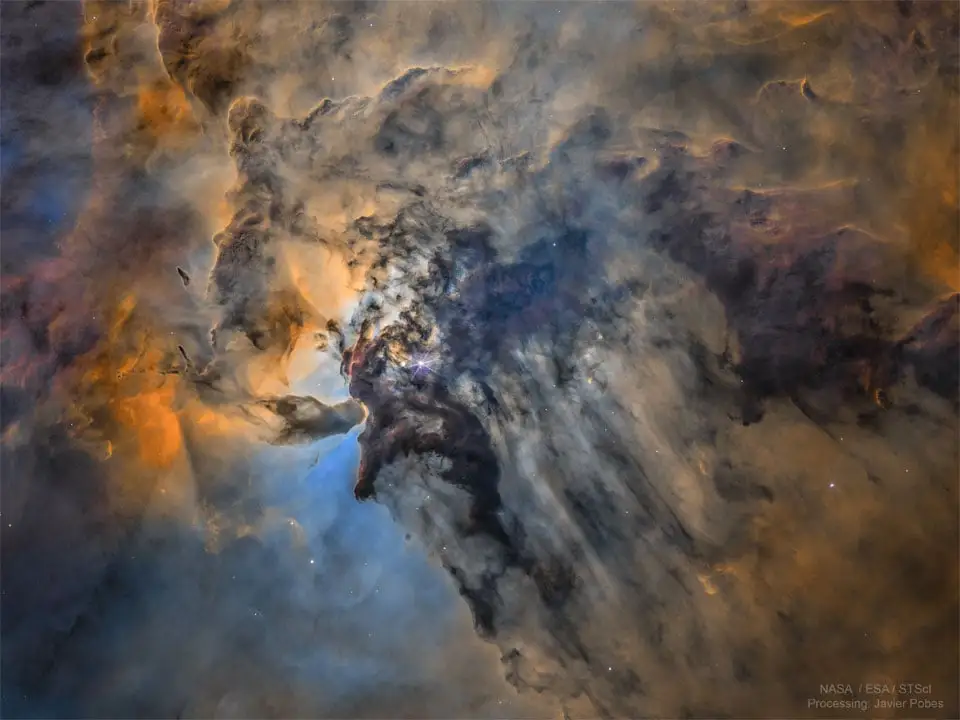this post was submitted on 24 Jun 2024
107 points (98.2% liked)
Space
8744 readers
124 users here now
Share & discuss informative content on: Astrophysics, Cosmology, Space Exploration, Planetary Science and Astrobiology.
Rules
- Be respectful and inclusive.
- No harassment, hate speech, or trolling.
- Engage in constructive discussions.
- Share relevant content.
- Follow guidelines and moderators' instructions.
- Use appropriate language and tone.
- Report violations.
- Foster a continuous learning environment.
Picture of the Day
 The Busy Center of the Lagoon Nebula
The Busy Center of the Lagoon Nebula
Related Communities
🔭 Science
- !astronomy@mander.xyz
- !curiosityrover@lemmy.world
- !earthscience@mander.xyz
- !esa@feddit.nl
- !nasa@lemmy.world
- !perseverancerover@lemmy.world
- !physics@mander.xyz
- !space@beehaw.org
- !space@lemmy.world
🚀 Engineering
🌌 Art and Photography
Other Cool Links
founded 1 year ago
MODERATORS
you are viewing a single comment's thread
view the rest of the comments
view the rest of the comments
https://en.wikipedia.org/wiki/Przybylski%27s_Star
“Przybylski's observations indicated unusually low amounts of iron and nickel in the star's spectrum, but higher amounts of unusual elements such as strontium, holmium, niobium, scandium, yttrium, caesium, neodymium, praseodymium, thorium, ytterbium, and uranium. In fact, at first Przybylski doubted that iron was present in the spectrum at all. Modern work shows that the iron group elements are somewhat below normal in abundance, but it is clear that the lanthanides and other exotic elements are highly over-abundant.”